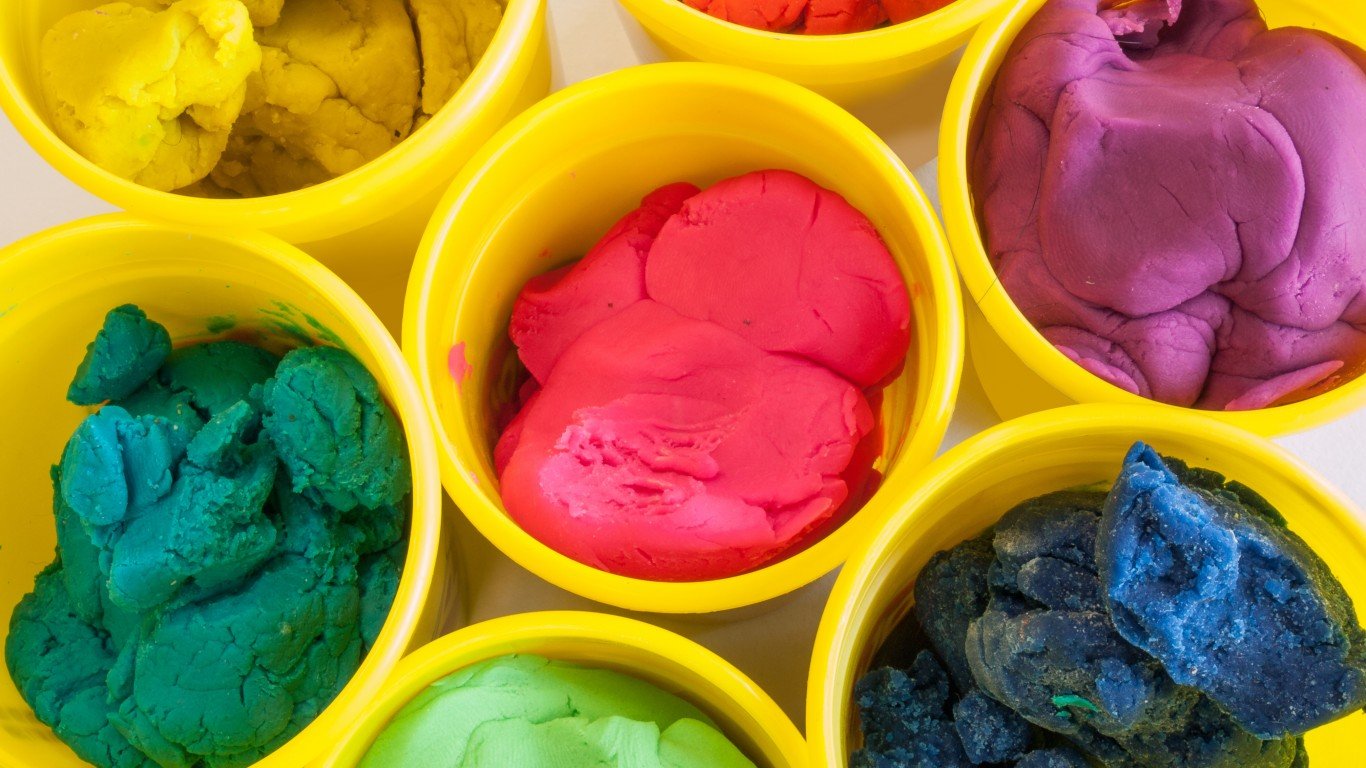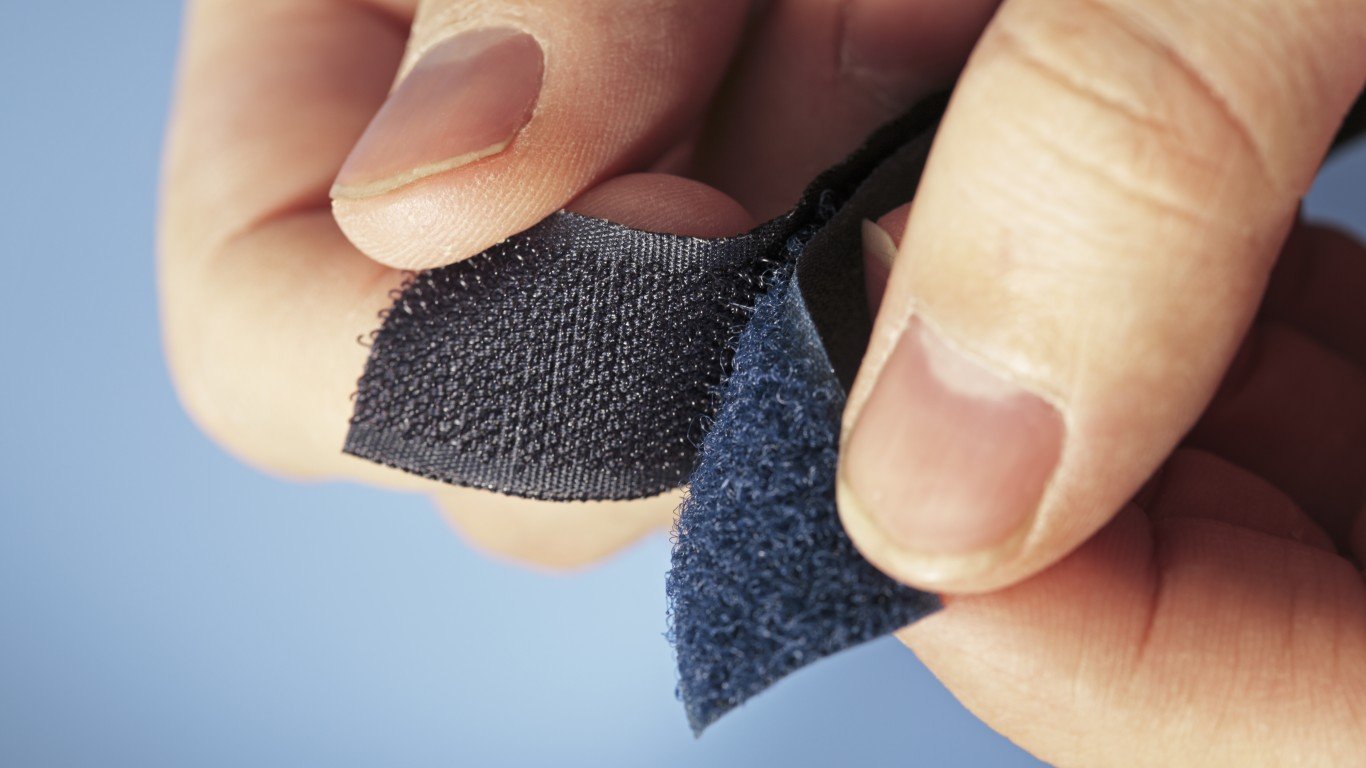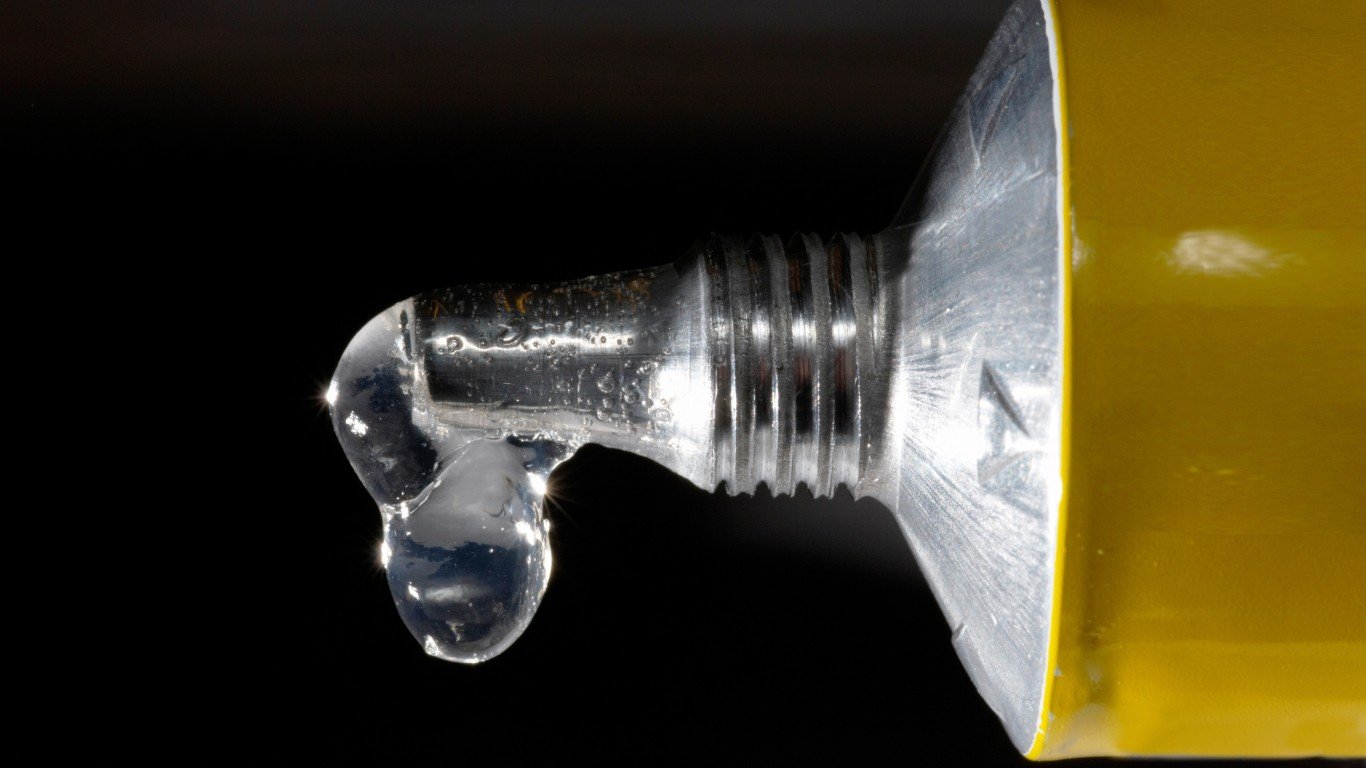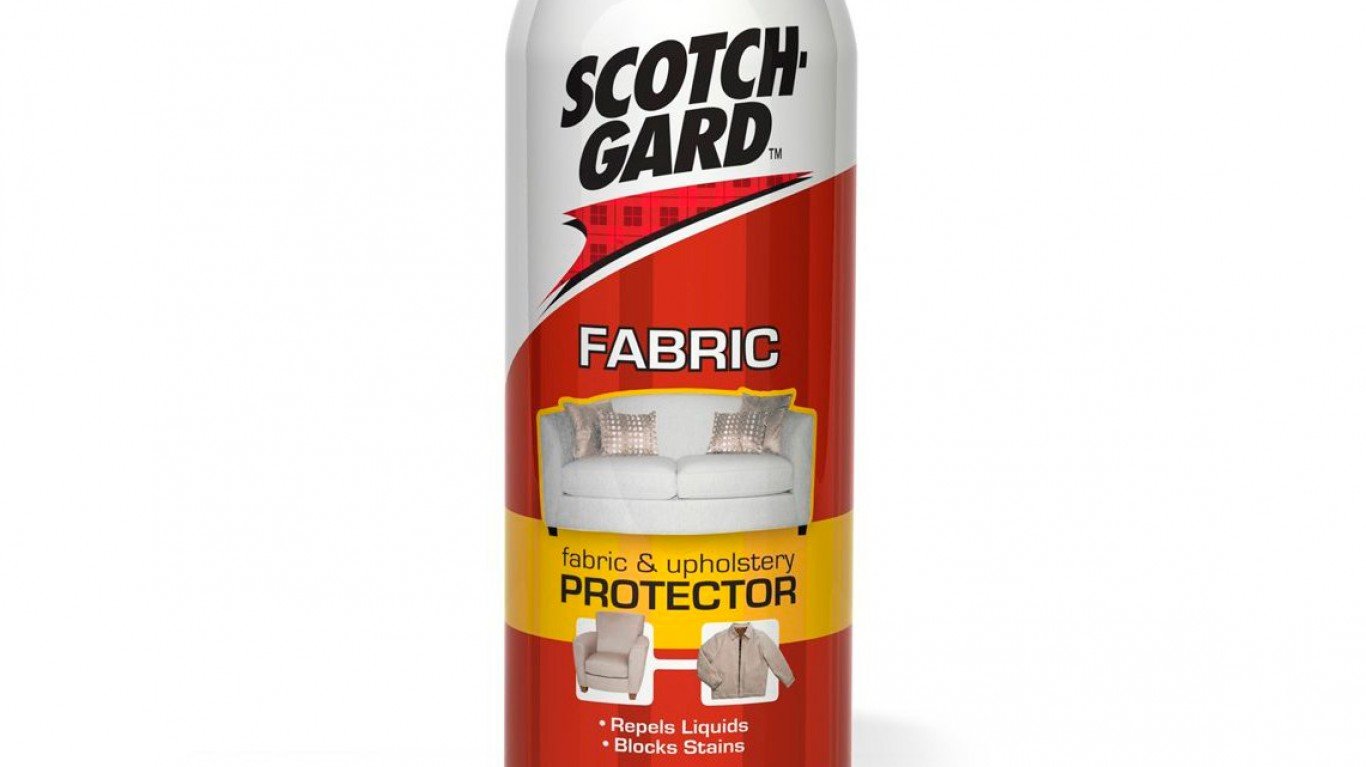
Microwave oven
>Year: 1945
During World War II, defense company Raytheon produced magnetron tubes, which were used in radar systems. While working with an active radar, Raytheon engineer Percy Spencer noticed that a chocolate bar in his pocket had rapidly melted. He began experimenting with placing the magnetron tubes in metal boxes where their waves couldn’t escape, cooking popcorn and eggs with his new contraption. Raytheon soon patented the microwave oven.

Play-Doh
>Year: 1950s
While working for a soap company called Kutol Products, Noah McVicker invented a putty that could remove coal residue from wallpaper. Unfortunately, as in-home coal burning decreased and washable vinyl wallpapers were invented, his product became obsolete. After a tip from his nephew’s sister-in-law (a nursery school teacher), McVicker and his nephew Joe began marketing the putty as a children’s modeling clay. The two established the Rainbow Crafts Company in 1956 to sell their new Play-Doh.

Velcro
>Year: 1941
After going on a hunting trip in the Alps, Swiss engineer George de Mestral returned with burdock burrs stuck to his clothing and his dog. Intrigued by their tenacity, he looked at their hooked structure under a microscope and noticed how the hooks attached to anything with loops. After years of trial and error, De Mestral eventually patented a synthetic version of the hook and loop system as a fastener for textiles.

Super glue
>Year: 1951
While working for the Eastman Kodak company, chemist Harry Coover oversaw a team of scientists who were experimenting with materials to use in manufacturing gun sights. They accidentally created a substance so sticky that it glued together an expensive refractometer. The company eventually began marketing the substance as Eastman 910, later calling it Super Glue.
Scotchgard
>Year: 1953
While attempting to develop a new kind of rubber for jet fuel lines, 3M chemists Patsy Sherman and Sam Smith were working with a substance that accidentally spilled on a lab assistant’s shoe. In trying to remove the chemical, the team realized they had discovered a waterproof, stain proof, insoluble polymer that eventually became Scotchgard.







